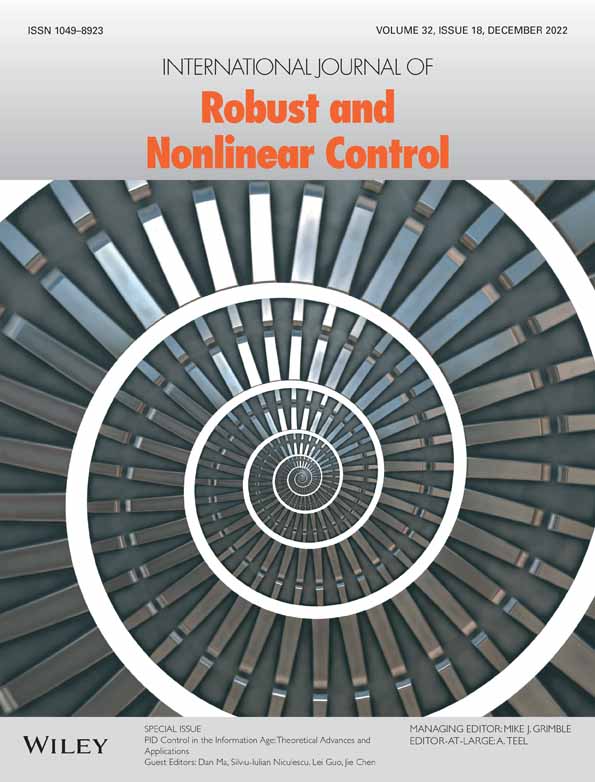A unifying Ziegler–Nichols tuning method based on active disturbance rejection
Funding information: Promotion Program for Young and Middle-aged Teachers in Science and Technology Research of Huaqiao, Z14Y0002; ZQNPY408; Natural Science Foundation of Fujian Province, 2019J01053; Huaqiao University
Abstract
The landmark Ziegler–Nichols (ZN) tuning method from 1942 for proportional-integral-derivative (PID) controller has had significant impacts on the industrial control industry to this day, even though it is thought to be an empirical method with little theoretical justifications. The situation has not changed much despite the fact that a large amount of research and applications has been reported over decades. This paper shows for the first time that the ZN tuning can be incorporated into the framework of active disturbance rejection (ADR), where the process dynamics is made to match the desired one. This leads to a unifying tuning method for the recently proposed disturbance rejection PID (DR-PID) controller, applicable to a wide range of industrial processes. Unlike the original ZN method, this new tuning method can be fully understood by the practitioner in their own language of bandwidth and phase characteristics. Moreover, it can also be fully validated via rigorous stability analysis. Finally, extensive simulation results are provided to illustrate the effectiveness of the unifying ZN tuning method.
Open Research
DATA AVAILABILITY STATEMENT
Data sharing not applicable to this article as no datasets were generated or analyzed during the current study.




